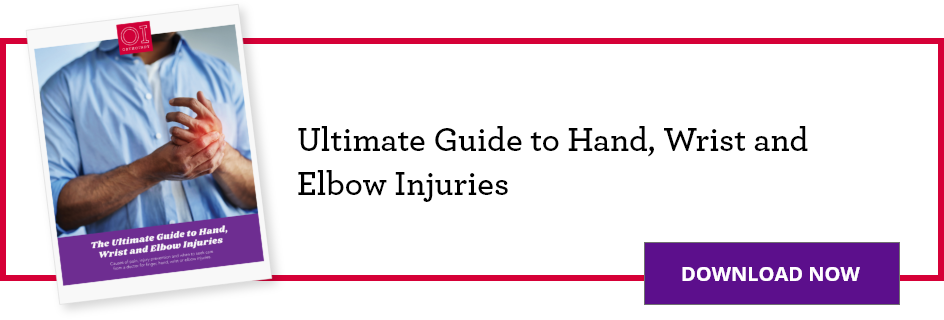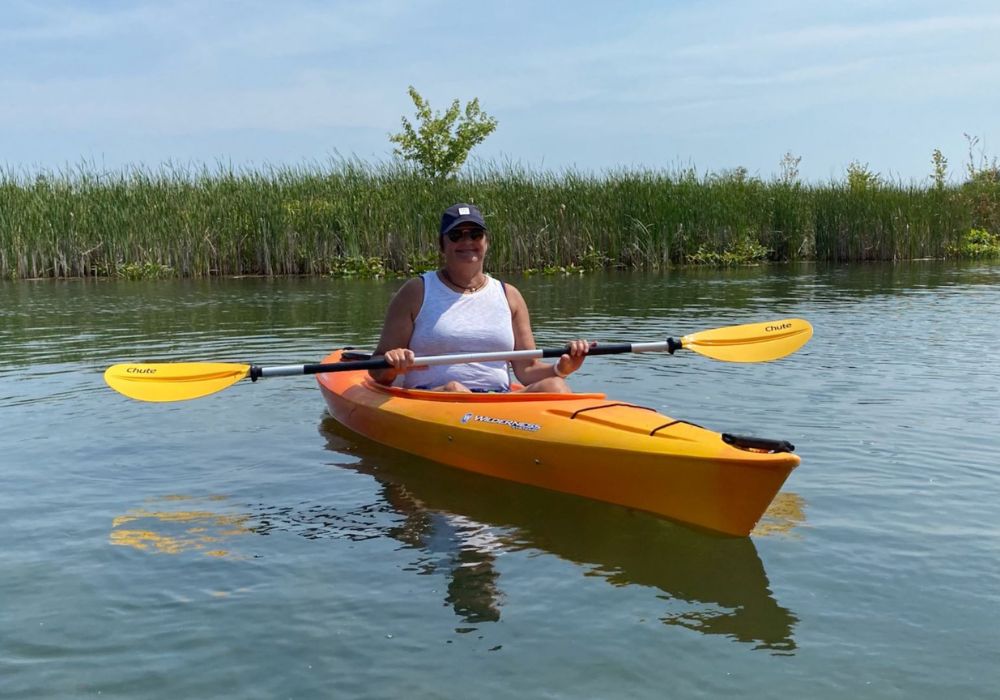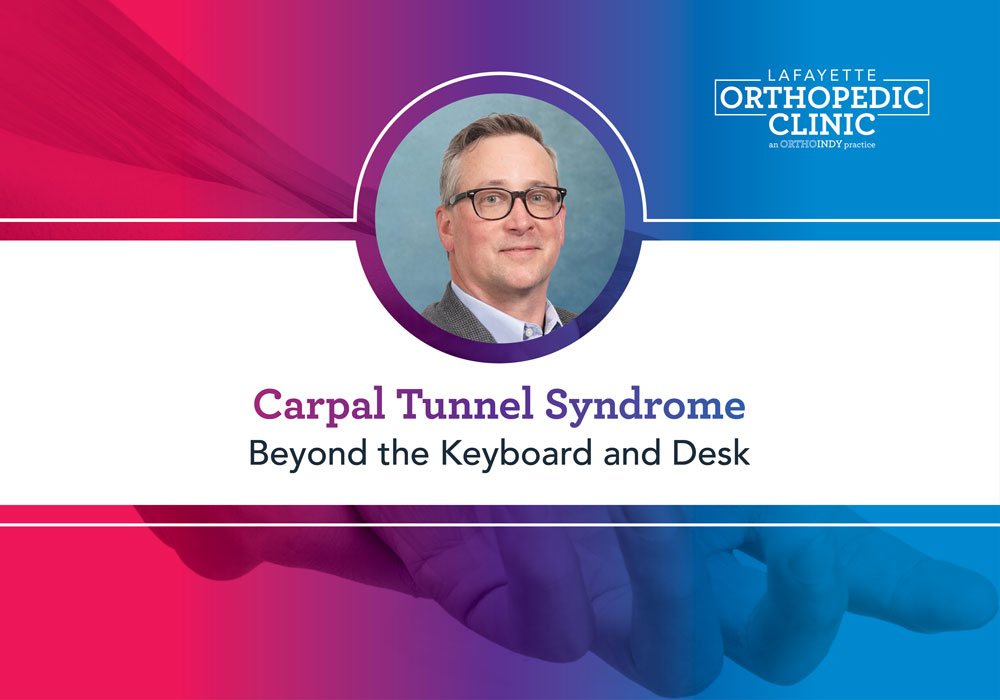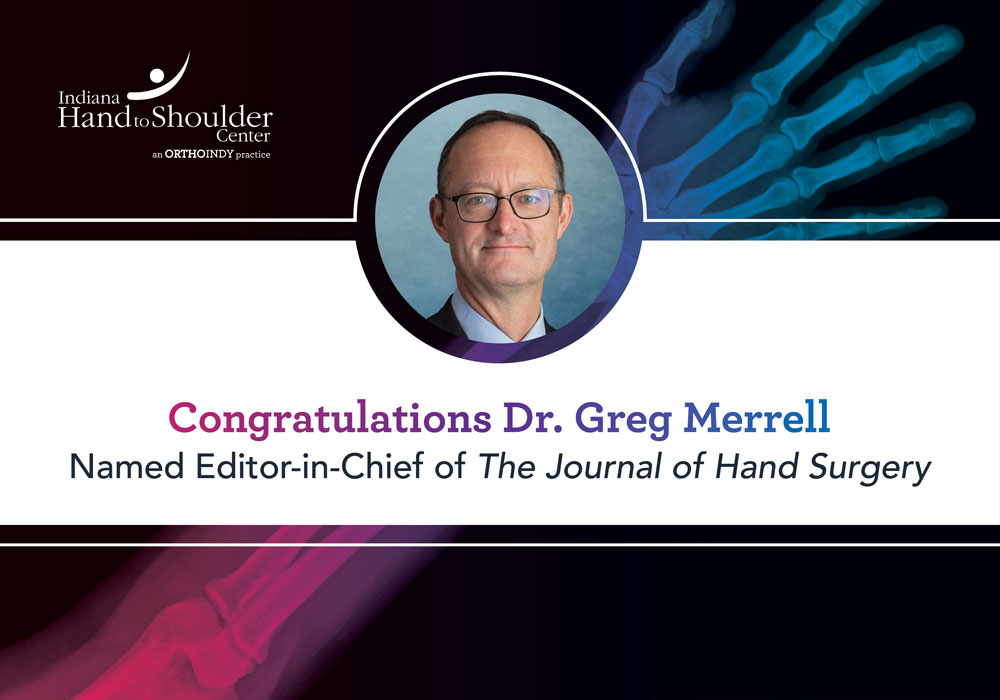THIS POST IS PART OF THE ULTIMATE GUIDE TO HAND, WRIST AND ELBOW INJURIES
Dr. Andrew Vicar discusses carpal tunnel syndrome and arthritis.
Carpal tunnel
Carpal tunnel syndrome results from compression of the median nerve in the hand when the transverse carpal ligament compresses the nerve. There are eight small bones in the wrist called carpal bones, which form the floor of the carpal tunnel and the ligament forms the roof. When swelling occurs in this tunnel, symptoms develop. The median nerve gives sensation to the thumb, index, long and one-half of the ring finger and supplies muscle power to the thumb.
Patients, particularly those over 50 years of age, frequently think they have osteoarthritis causing the pain in their hands. They mistakenly think nothing can be done to help, and they are frustrated because they are uncertain of what is causing the pain. Often the patient may actually have carpal tunnel syndrome. If that’s the case, it’s easy to resolve and relieve the symptoms.
Symptoms include numbness and tingling in the thumb, index and long finger. Some patients have palm, elbow, shoulder and finger pain, forearm ache and occasional swelling. Weakness and dropping items can also occur. Patients often wake up at night with numbness or pain and shake their hands for relief, and patients also may report numbness or tingling while driving a vehicle, writing, holding a brush or drying one’s hair.
An orthopedic hand specialist can confirm carpal tunnel with some simple painless tests during a physical exam. Additionally, a nerve test is usually ordered for confirmation. Once confirmed, treatment may be as simple as wearing a splint, making “ergonomic changes” to your workstation, or a simple 10-minute operation to release the transverse carpal ligament and relieve the pressure on the nerve.
Wrist arthritis
In contrast, osteoarthritis is pain in a particular joint in the hand. When joints lose their cushion, also known as cartilage, is when joint pain develops with pinch and grasp. Numbness and tingling are not “hallmark” symptoms of arthritis. Osteoarthritis in the hand is developmental and, in some cases, genetic. The most frequent joint to have arthritis in the hand is at the base of the thumb. This is technically called the carpo-metacarpal joint. It occurs in approximately 25 percent of women and 10 percent of men over 45 years of age.
A characteristic symptom of osteoarthritis is pain with pinch and grasp at the base of the thumb, nearer to the wrist. This is not carpal tunnel. Other small joints in the hand that may be affected are the ones near the fingernail, called the DiP joint, along with the next joint back in the middle of the finger, called the PiP joint or proximal interphalangeal joint. Swelling and eventually deformity can develop.
Your physician will do X-rays to confirm this diagnosis and recommend various treatment options which are effective, but entirely different than the treatment for carpal tunnel. It is important to see an orthopaedic hand specialist who can help you decipher which problem you are suffering from. These two conditions can coexist in many patients and will need to be treated accordingly.
To schedule an appointment with Dr. Vicar, please call 317.802.2825. or learn more about hand and arm treatment options at OrthoIndy.
Schedule an appointment
Your well-being is important to us. Click the button below or call us to schedule an appointment with one of our orthopedic specialists. If your injury or condition is recent, you can walk right into one of our OrthoIndy Urgent Care locations for immediate care. For rehabilitation and physical therapy, no referral is needed to see one of our physical therapists.






